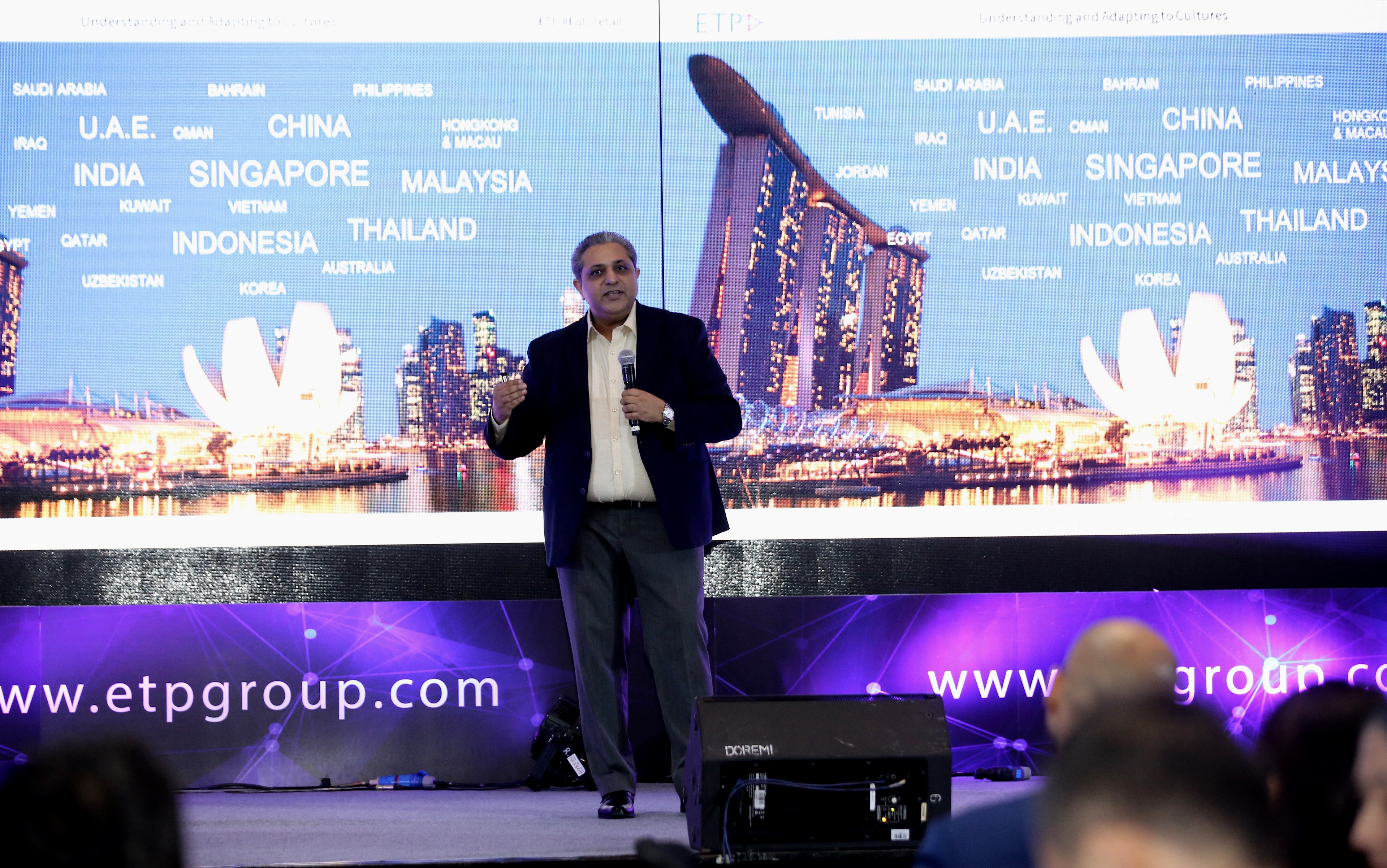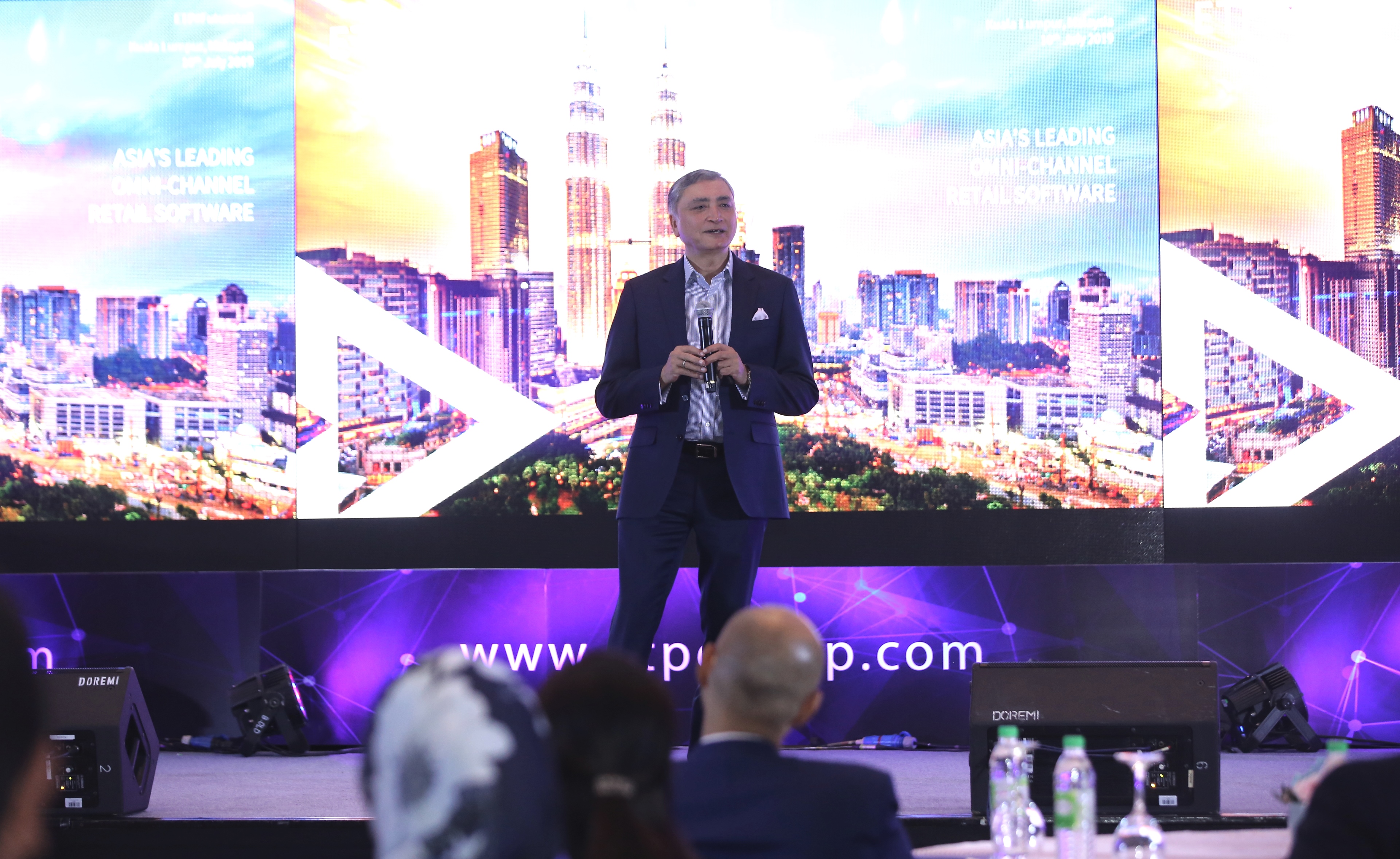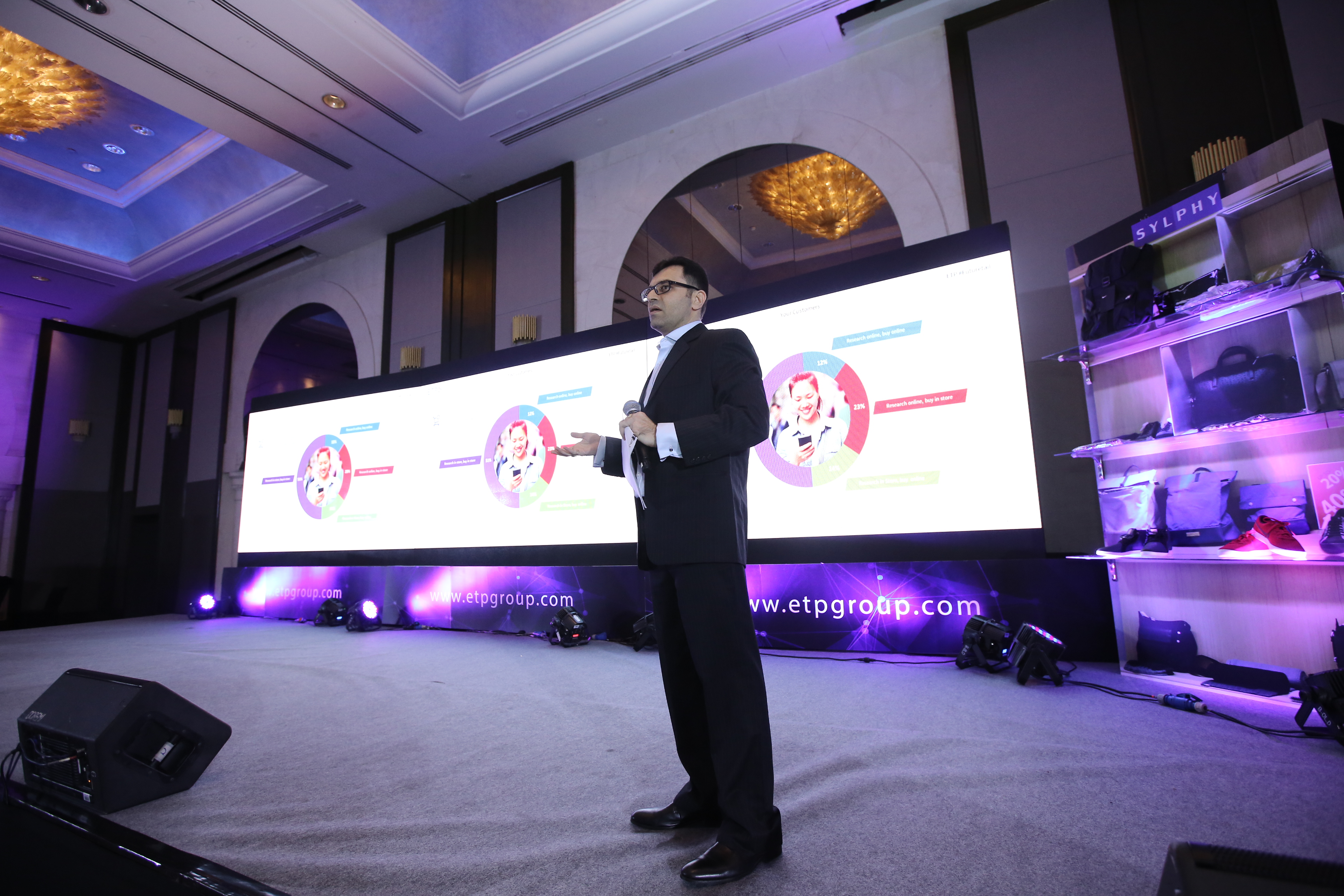Last year eCommerce sales in Asia grew 36% to $615 billion, making it twice as big as the U.S. online retail market. The most illustrious example of this phenomenal growth would be the eCommerce giant Alibaba breaking records with the largest global IPO and raising $25 billion. eCommerce has redefined retail, independent of physical establishments and creating a profitable platform for global expansion. Increasing internet and smartphone penetration has made eCommerce and m-commerce the prime medium to reach consumers in both developing and developed markets. The exploration and expansion of e-commerce in retail has brought powerful technical, logistical, commercial, strategic, behavioral and social dynamism in the market. The popularity of eCommerce is due to many factors, the most basic being easy access to global products, more competitive prices and marketing information with the enjoyment of instant gratification while consuming digital products and services e.g. music, travel tickets, e-books, etc. When these factors are combined with the convenience of avoiding queues and shopping in the comfort of homes and offices, cash-on-delivery at doorstep through personalized service, discounts possible through direct channels, incentivized promotions, and so on, eCommerce becomes not just an off-shoot of retail but the main driver of the industry in Asia, and across the world.
Nike’s brand president Trevor Edwards recently commented on Nike’s mobile traffic exceeding desktop for the first time – “eCommerce has been a winner both from a growth and a profitability standpoint. We are going to continue to invest in digital. We believe that’s where the consumer is and is going. And that’s where our brand is and is going. So we’re going to continue to invest there. But from an economic standpoint, it’s been a very positive driver for business both at top line and bottom line.” He believes this is a signal that the company’s long-term efforts to cash in on cross-channel promotions are starting to take effect.
Following are some pivotal eCommerce trends in Asian retail:
China will exceed $1 trillion in retail eCommerce sales by 2018, accounting for more than 40% of the total worldwide. China’s eCommerce market is forecasted to be larger than those of the U.S., Britain, Japan, Germany and France combined. The future development of China’s eCommerce channel is closely linked to technology developments and also the behavior of Chinese consumers, including the way they research and order products online, and their preference for speed and convenience.
The number of internet users in India soared from approximately 20 million in 2004 to nearly 250 million in 2014. An analysis of the demographic profile of internet users further testifies that eCommerce will rise rapidly in India in the coming years. Around 75% of Indian internet users are in the age group of 15 to 34 years. This category shops more than the remaining population. With a new pro-business government, the eCommerce sector is maturing and a number of serious national and international players are entering the market.
The highest B2C eCommerce growth rate in South East Asia is seen in Indonesia. The fourth most populous country in the world, Indonesia has a relatively low penetration of internet users, evaluated below 30% in 2013. However, by 2016 the number of internet users is projected to top 100 million, with online shopper penetration also increasing. Shopping via smartphones is also on the rise, with some merchants reporting as much as one third of total online sales coming through m-commerce.
Despite its relatively small population, Singapore ranks high in eCommerce indexes due to its developed infrastructure. The highest internet penetration in the region, the world’s highest ranking in ease of conducting business and one of the top 3 best logistics infrastructures in the world with a high-performing payments system make Singapore an attractive market for online retailers.
Vietnam makes for a fertile eCommerce market and as close to 87 million aspiring consumers are taking advantage of increased broadband availability and steadily growing incomes. Its eCommerce industry was valued at $300 million in 2011, but global reports estimate that it has grown and will continue to mature at a rate of 75 percent each year until 2015.
South Korea is the third-largest retail eCommerce market in Asia-Pacific, after China and Japan, and the seventh-largest retail eCommerce market worldwide. Retail eCommerce sales in South Korea are expected to reach $36.76 billion in 2015.
Japan is a strong and mature eCommerce market, with a high proportion of urban population and significant internet penetration rate at almost 80%. 75% of the population have purchased products online, and 89% of this group have done so from a mobile device.








